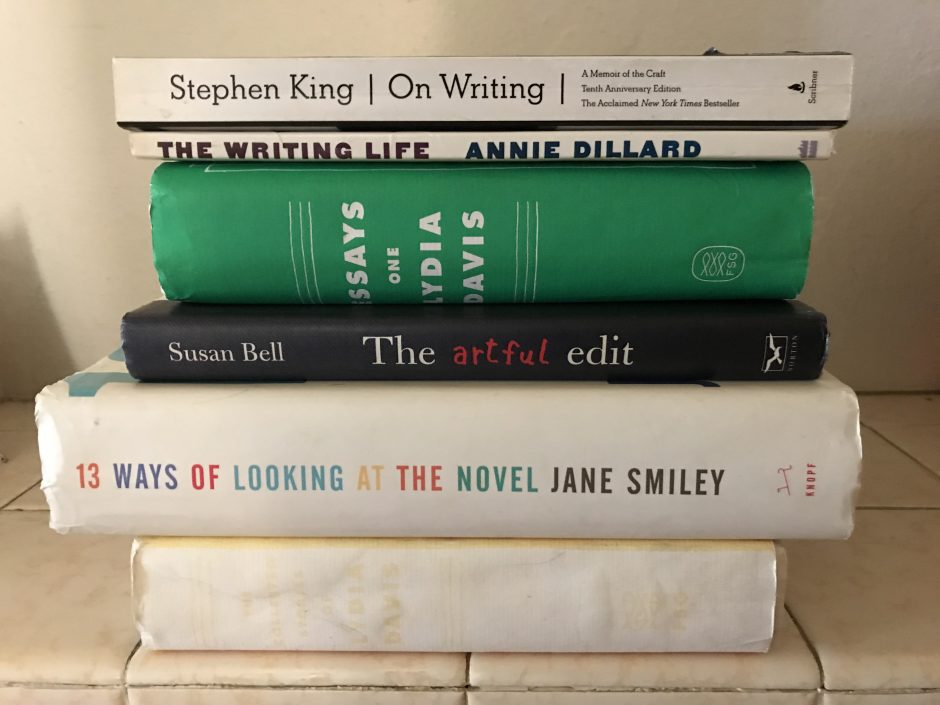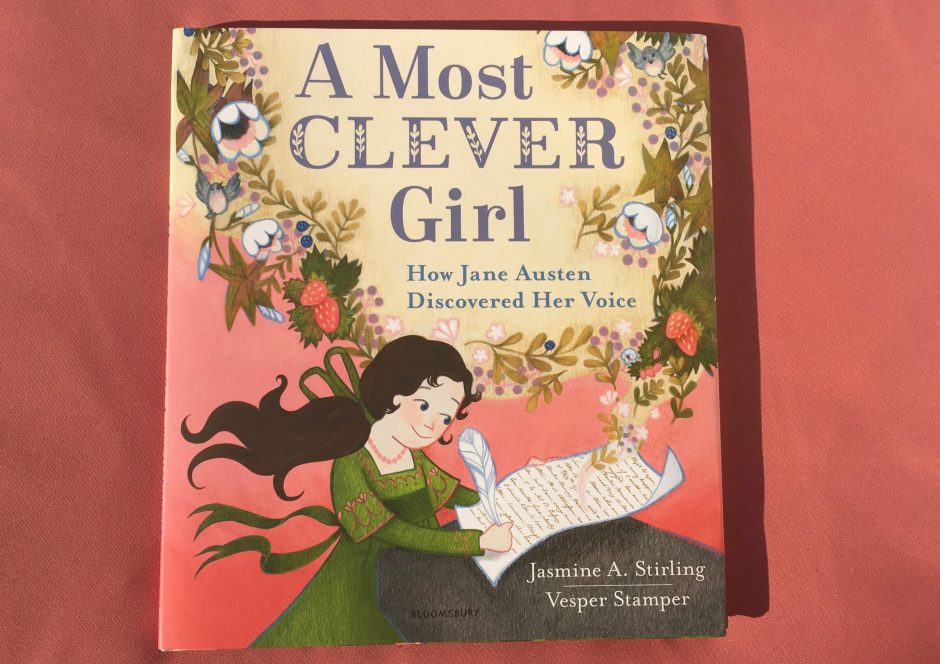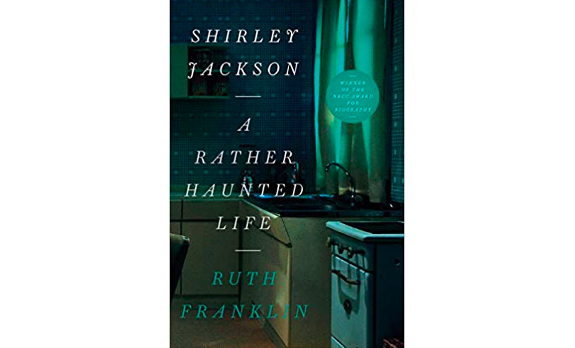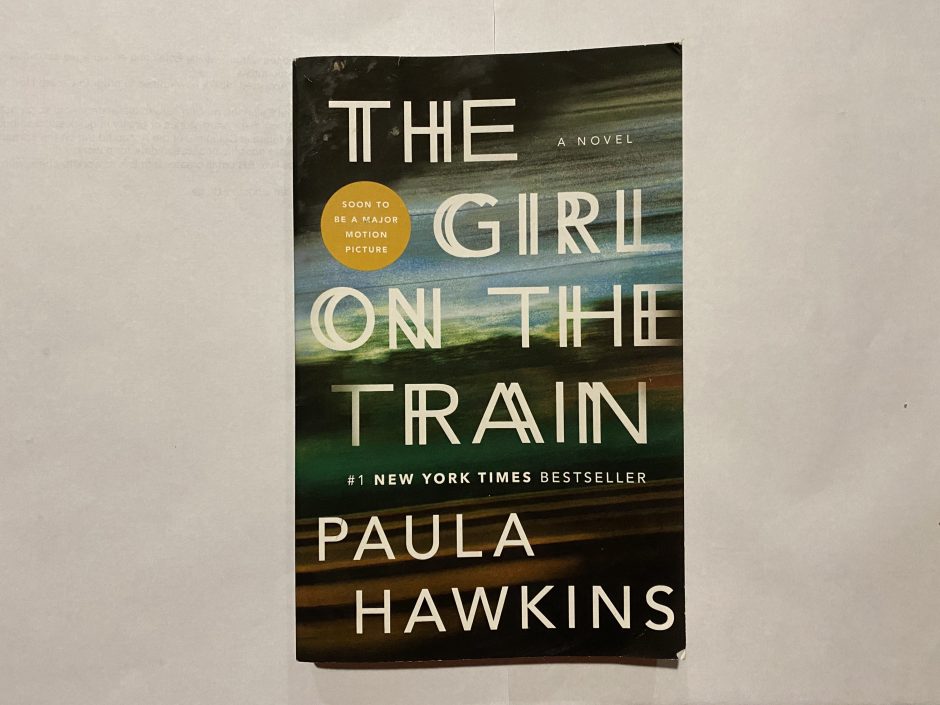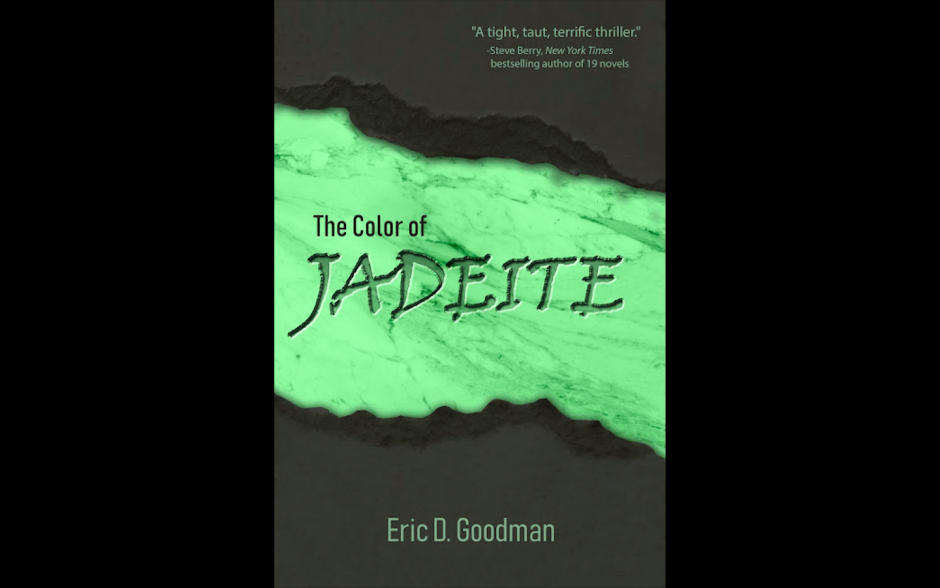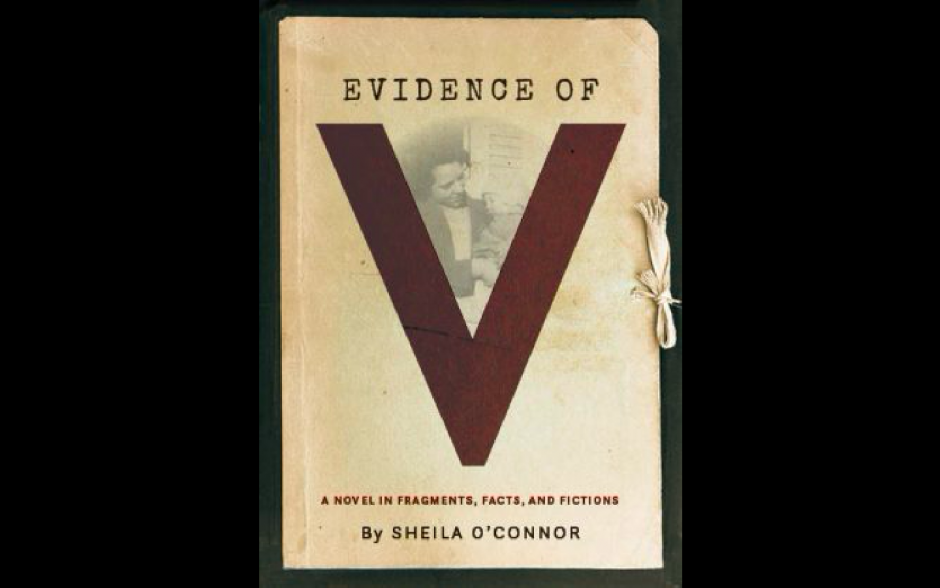Books for Writers Though writing is solitary art, it’s also communal, and we all have favorite authors that teach and inspire us. Here’s a list of books I read often to gain deeper understanding how to write and edit my work. The Writing Life by Annie Dillard What is this writing life? Annie Dillard asks. “You climb a long ladder until you can see over the roof, or over the clouds. You are writing a book. You watch your shod feet step on each round rung, one at a time; you do not hurry and do not rest. Your feet feel the steep ladder’s balance; the long muscles in your thighs check its sway. You climb steadily, doing your job in the dark.” Like her celebrated work, Dillard illuminates the writing life with intelligence, humility,…
“A Most Clever Girl,” by Jasmine A. Stirling, A Book Review
In Jasmine A. Stirling’s debut children’s book, A Most Clever Girl: How Jane Austen Discovered Her Voice, she paints a kid-friendly portrait of the literary life of Jane Austen. As a rule-breaking and imaginative child, young Jane was to become one of the first female novelists—and a massively successful one at that. A Most Clever Girl highlights Austen’s determination in the face of adversity in a time when a woman writing books was simply preposterous and the only roles women had in literature (“fluff” she calls it) were one-dimensional. Focusing on Austen’s childhood, Stirling implores children to see themselves in the character enthralled in a world of writing stories in her study, performing plays with her large family in their barn and staging dramatic readings of her work. Young readers also learn about finding their…
“Shirley Jackson: A Rather Haunted Life,” A Book Review by Lorraine Martindale
Shirley Jackson: A Rather Haunted Life is a biography of horror fiction writer Shirley Jackson by Ruth Franklin. My first encounter with Shirley Jackson was reading “The Lottery” in junior high. It was the first story that truly disturbed me; the stoning of an innocent woman was a shock. The culprits were not villains. They were regular people, going about their regular lives in their bucolic village. Jackson was confronting conformity at a time when the individual wasn’t valued. I could have been one of them. I wasn’t the only one implicated. After it was published in The New Yorker in 1948, the magazine received letters calling “The Lottery” “outrageous, “gruesome,” and “utterly pointless.” The New Yorker had never received so much mail in response to a work of fiction. Jackson received letters as well,…
“The Girl on the Train,” A Review by Jennifer Green
The Girl on the Train, Paula Hawkins To be totally transparent, this 2015 psychological thriller is not one I would have picked up or sought out on my own. However, as I’m always looking for new books to read and making a conscious effort to expand the genres on my shelf, when a colleague mentioned this page-turner in a recent Zoom meeting, I picked up a copy and dug in. It’s a quick read, and the premise is interesting: struggling alcoholic rides a train into London every day and muses about the inhabitants of the houses along the tracks, two of whom are her ex-husband and his new wife. When she observes suspicious behavior just before a young woman goes missing, the tension rises. However, it’s the narrative perspective that really gives the novel its…
“The Color of Jadeite,” by Eric D. Goodman: A Review
Editor’s Note: Being in the publishing industry, I’m fortunate to regularly meet talented writers and artists. It is sometimes an instant connection and other times a bit of serendipity. In the case of Eric D. Goodman, it was the latter. A year ago, we published a novel excerpt by Eric, called “Traffic Report,” from Setting the Family Free about a horde of animals unleashed on an Ohio town. A few months later, we published a collection of poems by Charles Rammelkamp and I got to chatting with Charles. While looking up his forthcoming novel, Catastroika, I noticed a familiar name. It seems that Eric had written a blurb for a review of Catastroika. Intrigued, I reached out to both authors and found out that they were actually longtime friends from Baltimore! What’s even more interesting…
“Brevity,” A Flash Nonfiction Anthology Book Review
When Rose Metal Press asked if I would consider writing a review of a forthcoming book entitled The Best of Brevity, I thought, Why not? I favor brevity. After all, that famous line, “Forgive me for writing you such a long letter, for I didn’t have the time to write a short one,” is one of my favorite [mis]quotations, even if we’re not exactly sure who first wrote it. Was it Montaigne? Cicero? Machiavelli? Pascal? Wilde? Twain? Mencken? Does it matter? So the book arrived and I noted the cover read, “Twenty groundbreaking years of flash nonfiction.” I was intrigued; having written flash fiction for years and years, I was embarrassed to admit I knew little about this genre. But flash nonfiction? Now I wondered, Hmmm, this might be boring. Then I began flipping pages,…
“Evidence of V” a Novel by Sheila O’Connor
Reviewed by Honorah Creagh In her novel Evidence of V: A Novel in Fragments, Facts, and Fictions, Sheila O’Connor pieces together the true story of her maternal grandmother, V, a woman whose existence was a family secret. O’Connor’s mother, June, was adopted by V’s sister, and O’Connor did not know about V until she was sixteen years old. Working from incomplete information, O’Connor colors in the spaces between the facts, transforming V from a name on court documents into an effervescent, audacious girl. In the process, O’Connor tells an affecting story not just about the injustices V and other young women like her suffered, but about what it means for someone to be family, and how a person’s influence reaches through generations. In 1935, fifteen-year-old V lives in Minneapolis and spends her nights singing at…

